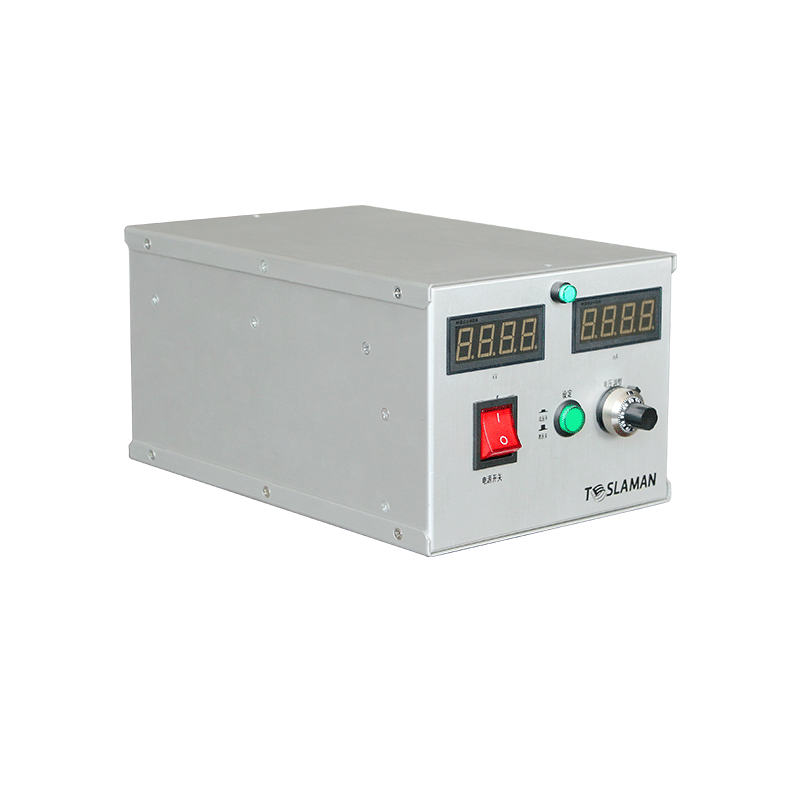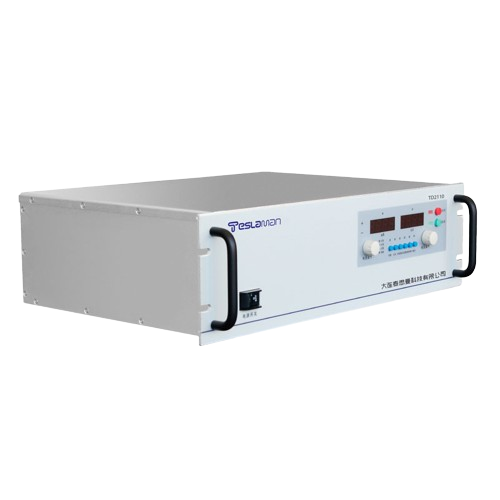Precision Dose Control Technology of High-Voltage Power Supplies for Ion Implantation
Introduction
In advanced semiconductor manufacturing (sub-3nm nodes), quantum dot array fabrication, and novel topological material modification, the spatial uniformity and repeatability of ion implantation doses have reached 10^13 ions/cm²±0.05%. As the core power source for ion acceleration, the dose control capability of high-voltage power supplies directly determines dopant concentration profiles, junction depth consistency, and device electrical characteristics. This article focuses on the technical challenges of high-precision dose control, systematically elucidates the voltage-current-time协同调控机制, and analyzes engineering implementation pathways in cutting-edge manufacturing.
Ⅰ. Technical Challenges in Dose Precision
1. Voltage Stability Limits
Ion beam energy dispersion requires output voltage fluctuations <0.001%, with 1MeV-class supplies suppressing 100Hz-1MHz noise below 0.5μV/√Hz
Dynamic voltage compensation (ΔV=±50V/μs) must counteract space charge-induced beam expansion with <200ns latency
2. Beam-Dose Nonlinear Coupling
Secondary electron emission-induced beam fluctuations (±0.3%) necessitate real-time correction algorithms based on plasma sheath models
Phase matching errors between scanning frequency and power ripple must be compressed to 1μrad for <0.1% dose uniformity
3. Long-Term Drift Suppression
Voltage divider networks require temperature coefficients (TCR) <5ppm/℃, while high-voltage capacitors need pre-polarization to reduce dielectric absorption to 0.002%
1000-hour continuous operation demands cumulative dose errors <0.02ppm (equivalent to <30mV voltage drift)
Ⅱ. Core Technologies for Precision Dose Control
1. Multi-Loop Collaborative Architecture
Voltage-current-dose triple-loop feedback with digital predistortion (DPD) improves dose linearity to R²=0.9995
FPGA-based adaptive beam shaping achieves real-time spot adjustment at 500MHz sampling rates
2. Ultra-Low Drift Materials
TaN-Al₂O₃ composite resistors via vacuum sintering achieve 1.2ppm/℃ TCR and <0.01ppm/V voltage coefficient
Graphene-doped polyimide insulators suppress surface leakage current to 10^-15A/cm²
3. Intelligent Compensation
Deep reinforcement learning models predict grid noise 10ms in advance, boosting AC-DC efficiency to 98.5%
Cryogenic magnetic bearings with superconducting shields reduce vibration-induced dose errors by two orders
Ⅲ. Application Case Studies
1. FinFET Channel Doping
±0.005% dose stability for low-energy implanters (5-80keV) reduces threshold voltage variation from ±15mV to ±2mV
TOF-SIMS verification shows junction depth deviation <0.3nm@10nm node
2. SiC Power Device Fabrication
Bipolar pulsed high voltage (+200kV/-50kV) achieves Al ion depth steepness <5nm/decade
40% reduction in reverse recovery charge (Qrr) with ±0.8% breakdown voltage uniformity
3. Qubit Ion Implantation
Sub-micron beam scanning with 0.1ppm dose control enables ±1.5nm phosphorus positioning accuracy in silicon
Qubit coherence time extends to 200μs with 99.992% fidelity
Ⅳ. Physical Mechanisms of Dose Precision
1. Energy-Depth Correlation
SRIM simulations show 0.01% voltage drift causes 0.07nm projected range variation (@30keV B+)
Hyperbolic secant waveform modulation reduces longitudinal fluctuation from 4.2% to 0.9%
2. Lateral Uniformity Control
Eliminating 3rd-order harmonics improves in-plane dose variation from ±1.5% to ±0.2%
Dynamic lens power bandwidth (10MHz) limits beam spot fluctuation to <0.1μm
3. Dose Rate Effect Mitigation
Pulsed implantation (1kHz@50% duty) with thermal monitoring reduces lattice damage density from 10^17 cm^-3 to 10^15 cm^-3
Ⅴ. Future Technological Directions
1. Quantum Dose Standards
Single-electron tunneling charge pumps may achieve 10^-8 absolute dose accuracy
2. Topological Insulator Applications
Bi₂Te₃/SiC heterostructure voltage dividers target 0.1ppm/℃ temperature drift
3. Digital Twin Systems
Full-chain simulations integrating ion transport-power characteristics-process outcomes enable autonomous dose optimization
Conclusion
Precision dose control technology for ion implantation power supplies has transcended classical control theory, advancing toward quantum metrology and intelligent regulation. Its integration into semiconductor manufacturing, quantum engineering, and material science not only redefines doping limits but also drives cross-scale manufacturing innovation. With the convergence of wide-bandgap semiconductors and AI, next-generation systems will pioneer industrial revolutions through ppb-level dose control and atomic-scale positioning accuracy.




















